-14%
The Oxford Textbook of Infectious Disease Control: A Comprehensive Guide to Preventing Geographical Spread
Understanding the Key Concepts
The Oxford Textbook of Infectious Disease Control delves into the intricacies of spatial theory and practical methodologies employed to combat the geographical spread of infectious ailments. Spanning seven centuries and drawing inspiration from global examples, this exhaustive tome unravels the strategies for minimizing the public health burden imposed by infections in disease hotbeds and preventing their dissemination into other localities.
Case Studies and Theory Integration
The book showcases case studies of persistent global scourges like influenza, measles, and polio, alongside emerging threats such as SARS and highly pathogenic avian influenza. It harmoniously intertwines theory, empirical data, and spatial analysis to ground these quantitative evaluations within the context of evolving demographic and health policy dynamics worldwide.
Surveillance, Quarantine, and Vaccination: Essential Control Measures
Through six comprehensive sections, the authors illuminate the pivotal role of surveillance, quarantine, vaccination, and forecasting in disease control. They delve into the theoretical underpinnings, techniques, and systems intrinsic to mitigating disease propagation and implementing effective control measures.
Geographical Eradication: A Complex Endeavor
Despite initial hopes for eradicating many communicable diseases after the global vanquishing of smallpox in 1979, the world continues to grapple with the containment and elimination of emerging and resurgent infectious diseases. The text emphasizes the significance of learning from historical precedents and integrating contemporary surveillance and reporting techniques to devise cost-effective, spatially targeted interventions that safeguard public health.
An Indispensable Resource for Disease Control Practitioners and Researchers
As an indispensable resource, the Oxford Textbook of Infectious Disease Control is a beacon for practitioners, researchers, and students engaged in or exploring methodologies to control the human-to-human transmission of communicable diseases. It caters to specialists and students in infectious disease control, as well as those in medical sciences, epidemiology, demography, public health, geography, and medical history.
Key Points to Remember
- Spatial theory and practical methods for preventing the geographical spread of communicable diseases are comprehensively analyzed.
- Case studies encompass longstanding global killers and emerging diseases, providing a diverse range of insights.
- Theory, data, and spatial analysis are seamlessly integrated to inform quantitative evaluations.
- Essential information on disease surveillance, quarantine, vaccination, and forecasting is presented.
- The complex challenges of geographical eradication and value-for-money interventions are explored.
- The textbook serves as a valuable guide for professionals and students seeking to understand and implement effective disease control strategies.

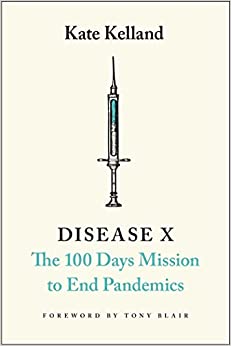


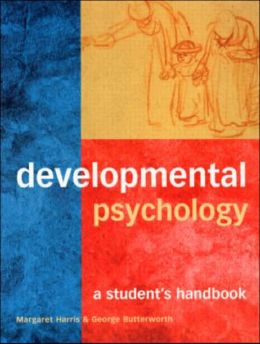

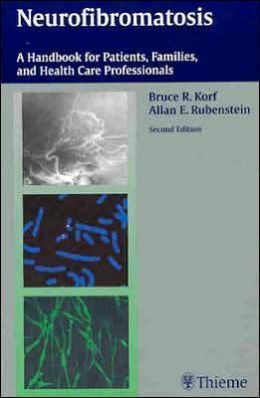
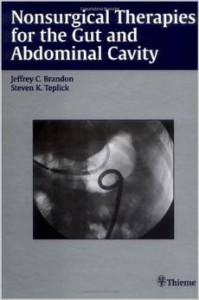
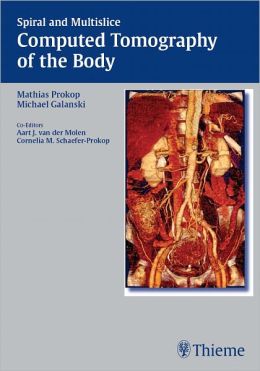

Reviews
Clear filtersThere are no reviews yet.